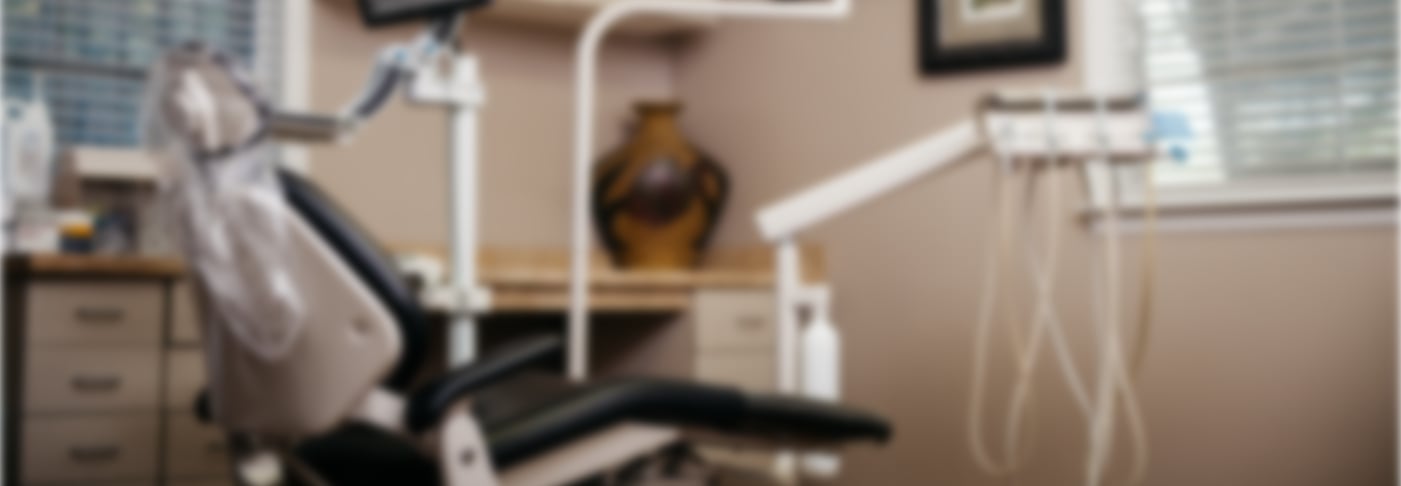Teeth can become yellowed or otherwise discolored for a variety of reasons, including food and drink choices, bad dental hygiene routines, smoking or other tobacco use, chronic illness or medications, and other reasons. Stains and discoloration happen on the surface of the tooth (the enamel) or sometimes even below the enamel. Stains on the surface of the tooth (extrinsic stains) are usually caused by food and drink and respond well to dental treatments or whitening kits. Deeper stains below the surface of the tooth (intrinsic stains) are caused by medications and using too much fluoride and are more difficult to remove.
Understanding the causes of tooth discoloration can help prevent stains or stop existing stains from getting worse. So what are the most common causes of tooth discoloration?
- Food and drink – There are a few beverages that are notorious for causing tooth discoloration over the long term. These include coffee, tea, soda, and red wine. The tannins in coffee, tea and wine build up on the teeth and cause stains. The dye in soda causes stains, and the acid in soda erodes tooth enamel making them more vulnerable to stains.
- Smoking and tobacco use – Smoking cigarettes as well as the use of chewing tobacco are major contributors to tooth discoloration. The staining is caused by tar and nicotine in cigarettes and tobacco. Smoking can make teeth yellow in a short period of time and people who have smoked for a long time can see their teeth turn brown.
- Poor oral hygiene – Not brushing and flossing on a regular basis to remove stain-causing substances like coffee and tobacco can cause tooth discoloration.
- Medications – Some medications cause tooth staining, including high blood pressure drugs, chemotherapy, antihistamines and some antipsychotic medications can cause staining of the teeth. The antibiotics tetracycline and doxycycline can discolor teeth when given to children whose teeth are still developing, typically before the age of 10.
- Too much fluoride – Getting too much fluoride either from naturally high fluoride levels in tap/drinking water or from using too much through fluoride applications, rinses, toothpaste, and supplements can cause tooth discoloration.
- Aging – When people age, the outer layer of enamel on your teeth gets worn away, which exposes the natural yellow color of the next layer, dentin. As people get older, teeth lay down more dentin, which decreases the size of the pulp and in turn diminishes the translucency of the tooth, which makes teeth appear darker and not white.
- Trauma – Any trauma or disease that affects enamel development in children while the teeth are still developing can cause discoloration. Additionally, trauma to adult teeth, such as blunt force, can also cause discolored teeth.
Preventing tooth discoloration is possible by cutting back on drinking a large amount of coffee, soda, tea, and wine. Quitting smoking or chewing tobacco will prevent nicotine and tar stains. Practicing good dental hygiene can also prevent any existing stains from getting worse.
To get rid of existing stains, there are over-the-counter whitening kits that can bleach out stains caused by beverages or tobacco. But here at Perdido Bay Dental, we offer teeth whitening that goes far beyond over-the-counter options.
If you would like to schedule a consultation or appointment concerning tooth discoloration, call us at (850) 542-4428. We’re here to help!

